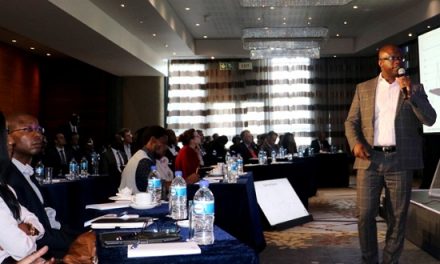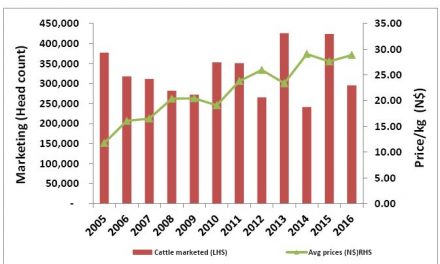
SADC to review economic milestones
The Southern African Development Community (SADC) will soon carry out an assessment to review its performance towards meeting milestones, such as the planned Customs Union and the Monetary Union.
The SADC Director of Trade, Finance, Industry and Investment (TIFI), Boitumelo Gofhamodimo, told journalists ahead of the 34th SADC Summit underway in the resort town of Victoria Falls, Zimbabwe that the assessment will help the region to recalibrate its economic integration agenda.
She noted that while SADC was able to launch the Free Trade Area (FTA) as planned in 2008, the region has missed other economic milestones.
These include the Customs Union, which was expected to be launched in 2010. The region had also set a target to launch a Common Market by 2015, Monetary Union by 2016 and eventually adopt a Single Currency by 2018.
However, these targets are unlikely to be met. “We will make an evaluation on how we are progressing on our regional milestones,” Gofhamodimo said, adding that “this will determine how we move to the next stage.”
Furthermore, SADC Member States are still focusing on consolidating and implementing the FTA. Under the FTA, an estimated 85% tariff on all goods was attained by most SADC countries in 2008, while maximum liberalization was finally reached in 2012 when tariffs on sensitive products were removed. All SADC countries, with the exception of Angola, Democratic Republic of Congo and Seychelles,are members of the FTA.
Gofhamodimo revealed that Seychelles was now ready to join the FTA after its offer to remove all tariffs on goods to promote the smooth movement of goods and services across the region.
Figures released by the TIFI director showed that intra-SADC trade has gradually increased since 2000. “Although not so big, regional trade has increased from US$13.8 billion in 2000 to US$58 billion in 2012,” she said.
If all the 15 SADC Member States are included, she said intra-regional trade had increased from US$14 billion in 2000 to US$66 billion in 2012.
She said South Africa is the largest trading partner in the SADC region. For example, its exports to the region are estimated at 40% of total intra-regional trade. Other major exporting countries include Angola, Zambia and Zimbabwe.
In terms of imports, Botswana is the leading importer in the region together with other members of the Southern African Customs Union (SACU), which is made up of Botswana, Lesotho, Namibia, Swaziland and South Africa. With regard to general economic situation in the region, Gofhamodimo said most countries are making steady progress towards consolidating and improving their economies. A number of countries, she said, have managed to keep their debts below 60 percent of their Gross Domestic Product (GDP). However, SADC members are not performing well in terms of curbing inflation. Only five member states kept their inflation rates to within five percent by the target date of 2012.
“Most are not doing well in containing inflation,” she said.
SADC agreed to curb the inflation rate to a single digit. The region set a target of 5% by 2012, and 3% percent thereafter.
The 34th SADC Summit is being held under the theme “SADC Strategy for Economic Transformation: Leveraging the Region’s Diverse Resources for Sustainable Economic and Social Development through Beneficiation and Value Addition.”
The Summit of Heads of State and Government, which is set for 17-18 August, is preceded by meetings of senior officials, followed by the Council of Ministers who will adopt the agenda for the leaders.











































